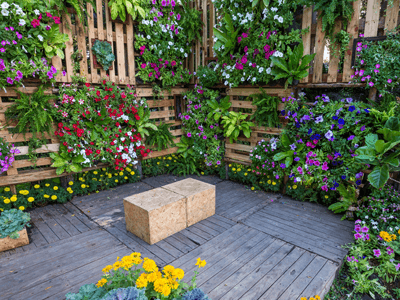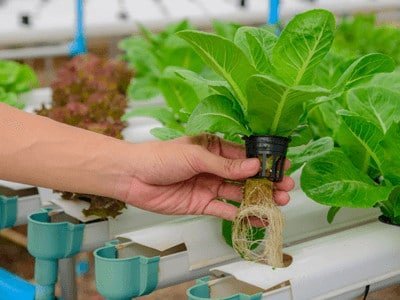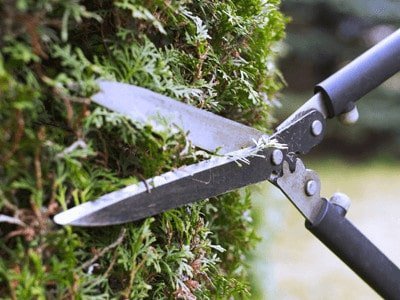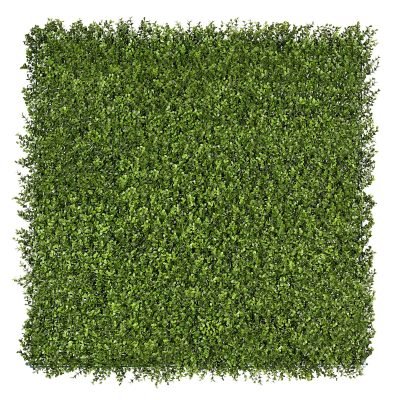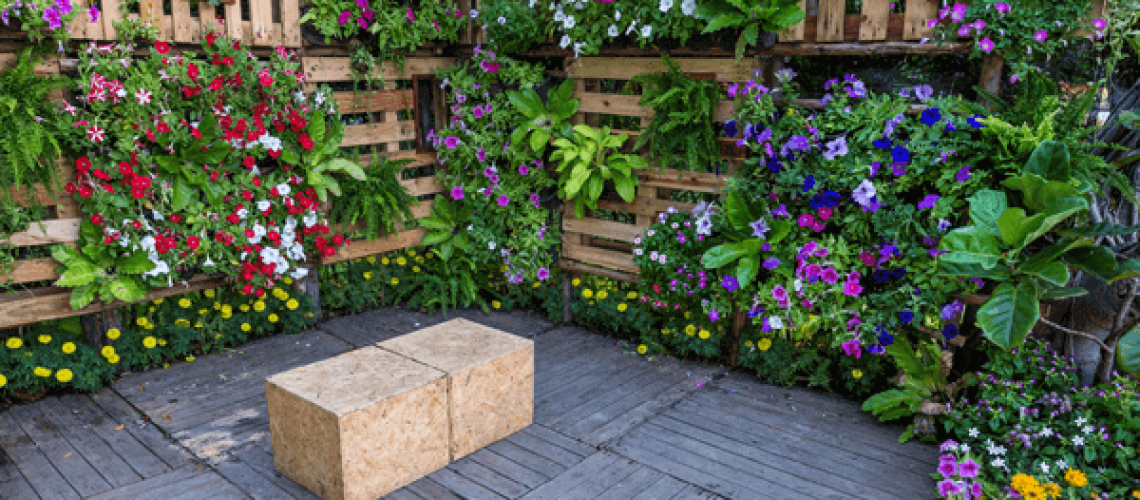
What Are The Pain Points of Maintaining a Vertical Garden?
Most of the time, when we consider planting a garden we think of the horizontal space available. If you want to increase your ability to grow and decorate with live plants consider also growing vertically. This increases your ability to grow especially in limited spaces.
But vertical growing does come with a number of challenges and its worth researching and planning your garden before getting started.
Plants for vertical garden
The types of plants that you can grow is limitless. Natural vertical growers like vines are easy, it’s just a matter of planting the right plant that will thrive in your space and ensuring that you guide it to the support it needs to climb.
With some creative thinking about your space, there are many other plants that you can grow vertically if you design a space where they can grow well. Here are some vertical garden design ideas.
Some of the plants you can use include:
Plants
- Ferns: grow down rather than up so take that into account when designing your garden
- Bromeliads: shallow roots and they only need a small space to grow well
- Bird Nest Fern: lives well in containers
- Devil’s ivy: great for indoor areas because it grows well in low lit areas and is hard to kill
- Lipstick plant: ideal for hanging plants, a colourful addition to any green wall
- Succulents: need minimal soil and water when maintaining a vertical garden
- Baby’s tears: normally a ground cover, they add a softness to the appearance of your vertical garden.
Vegetables
Vertical gardens can be as practical as they are decorative. If you want to grow organic food for you and your family to eat, use vertical as well as horizontal spaces to grow vegetables and fruit like:
- Beans
- Pumpkin
- Cucumbers
- Tomatoes
- Potatoes
- Carrots
- Peppers
- Radishes
- Passionfruit
- Melons
- Strawberries
- Kiwi fruit
- Grapes
Building and maintaining your vertical garden
1. The type of garden
What kind of garden do you want to plant? Container style gardens are probably the easiest. This is where you attach potted plants to a wall in either rows or the array that you prefer. Other types are pockets, wall planters or other containers that effectively hold the plant with its soil.
Part of this decision is about what you will actually be growing. This will help you define your best way of display.
2. Location
Where you place your vertical garden is flexible. But you do need to take into consideration the light available to ensure that your plants will grow well.
3. Plants
It’s important to choose plants that grow well together. They should need the same growing conditions to work well in the area that you choose and similar rates of growth. The flexibility of plants is an important part of the process. Considering that they will be growing vertically, you want to add plants that will flow down rather than stick out.
4. The basics of planting
Plant into potting soil that will give your plants the nutrition that they need. It also helps to hold the water in your containers because they have a tendency to dry out.
Also, take into consideration that gravity will affect your watering system. Gravity pulls water down so when you are designing your wall, place plants that need less water at the top, with plants that need more water at the bottom.
5. Prepare plants
If you grow your plants horizontally for a couple of weeks, before planting them in your horizontal planters, it ensures that they have strong roots that will help to also keep the soil in place.
How to water a vertical garden
If you want to reduce the amount of time that you spend watering think about installing a drip irrigation system. When maintaining a vertical garden wall you tend to need more watering than a regular garden because they have less soil. By hand can be difficult because of the height. Alternatively, choose a maintenance free greenery option.
Drip irrigation systems vary in sophistication depending on your need and your budget.
Pain points for urban gardeners
1. Space
Space is at a premium in urban areas. Vertical gardening allows you to maximise the space that you do have available to you. You can green a small area and grow things like herbs that are aromatic as well as tasty in your cooking.
2. Watering
Installing drip irrigation makes it simple to keep your plants well hydrated and saves you time spent on watering by hand.
3. Climate
Sometimes the areas we have available are not suitable for the plants we want to grow. If the area is too hot, add some sail cloth to reduce the direct sunlight on your plants without totally closing the area in. If the area is mostly shaded, choose plants that thrive on minimal light.
Indoor vertical herb garden
Growing herbs vertically minimises the amount of space needed to propagate a range of species. They are not natural climbers but you can raise herbs vertically by planting them in:
- Hanging planters
- Wall mounted planter boxes
- Railing mounted herb planter – ideal for balconies
- On a purpose built stand or repurpose an old, wooden ladder
There is no limit to how this can be done. Look at the space that you would like to use and create a plan for the type of planters that you would like to use.
How to build a vertical garden indoors
Vertical green walls work well inside whether it is a herb garden, some of your favourite indoor plants or realistic artificial plants to bring nature into your home.
They can vary in size, for example, you can use:
- Repurposed and empty picture frames
- Mounted planters
- Portable steps/step ladders
- Stacked planters
By using artificial plants you can also reduce your time on maintenance, with no need to water the plants or use fertiliser.
Share this post
FEATURED PRODUCTS
-
Slimline Flowering White Artificial Green Wall Disc UV Resistant 50cm (Black Frame)
$199.95Original price was: $199.95.$174.95Current price is: $174.95. Inc GST ADD TO CART -
Luxury Deluxe Buxus (Bright) Hedge Panels UV Resistant 1m x 1m
$120.00Original price was: $120.00.$94.95Current price is: $94.95. Inc GST ADD TO CART -
Variegated Boston Ivy Leaf Screen Green Wall Panel UV Resistant 1m X 1m (Dense Backing)
$99.95Original price was: $99.95.$89.95Current price is: $89.95. Inc GST ADD TO CART -
Premium Natural Buxus Hedge Panels UV Resistant 1m x 1m
$120.00Original price was: $120.00.$79.95Current price is: $79.95. Inc GST ADD TO CART


